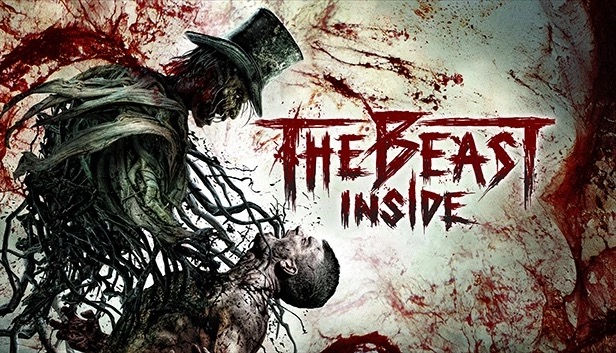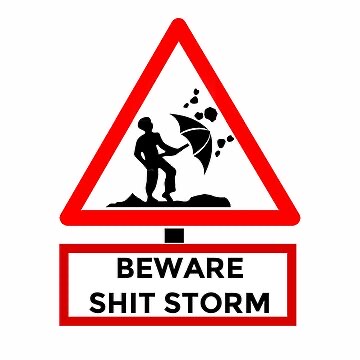
The Beast Within: Confronting Our Inner Demons
- Lifes Shitstorm
- Jun 5, 2024
- 3 min read
We all have a beast within us—a dark, primal part of ourselves that we often try to hide or deny.
This inner beast represents our deepest fears, anger, desires, and instincts.
Here’s a raw, unfiltered look at what it means to confront and understand the beast within.
1. Uncontrolled Anger
Anger is a powerful emotion, and when it’s unchecked, it can be destructive. The beast within thrives on anger, lashing out and causing harm to ourselves and others. Learning to manage and channel this anger is crucial, but it requires acknowledging its presence first.
2. Deep-Seated Fears
Fear is a natural part of being human, but the beast within uses it to control us. It feeds on our insecurities and anxieties, making us feel powerless. Confronting these fears means facing the beast head-on and refusing to let it dictate our lives.
3. Primal Desires
Our inner beast is driven by primal desires—lust, greed, hunger for power. These urges can be overwhelming and lead us down dangerous paths if not understood and managed. It’s about finding a balance between satisfying these desires and maintaining control over them.
4. Self-Destructive Behaviors
The beast within often manifests as self-destructive behaviors—addiction, self-sabotage, reckless decisions. These actions are cries for help, signals that something deeper is wrong. Recognizing these patterns is the first step towards taming the beast.
5. Hidden Trauma
Past trauma can give life to the beast within. Unresolved pain and suffering turn into anger, fear, and self-destructive tendencies. Healing from trauma means confronting the beast and working through the pain, rather than letting it fester.
6. Inner Conflict
The beast within represents the conflict between our higher selves and our baser instincts. It’s a constant struggle between doing what we know is right and giving in to our darker impulses. Understanding this conflict is key to finding inner peace.
7. Societal Masks
We wear masks to fit into society, hiding our true selves. The beast within thrives in these hidden spaces, growing stronger the more we deny its existence. Removing these masks and embracing our true selves can weaken the beast’s grip on us.
8. Power and Control
The beast within seeks power and control, often manifesting as dominance over others or manipulative behaviors. True strength comes from controlling the beast, not letting it control us. It’s about using our power for good rather than allowing it to corrupt us.
9. Embracing the Shadow
Carl Jung spoke of the shadow self—the part of us we hide from the world. Embracing the beast within means accepting our shadow, understanding that it’s a part of us but doesn’t define us. It’s about integrating the shadow into our whole self.
10. Transformation and Growth
The beast within isn’t just a source of darkness; it’s also a source of potential. By confronting and understanding our inner demons, we can transform them into sources of strength and growth. The journey is difficult, but it leads to a deeper understanding of ourselves.
The beast within is a powerful force, but it doesn’t have to be a destructive one.
By confronting our inner demons, acknowledging our primal desires. Working through our fears and traumas. We can transform the beast into a source of strength and growth. It’s about embracing our whole selves—light and dark—and finding balance. The journey isn’t easy, but it’s essential for true inner peace and self-acceptance.
For more insights into understanding and confronting your inner demons, visit Psychology Today and Verywell Mind.
.jpg)





Comments